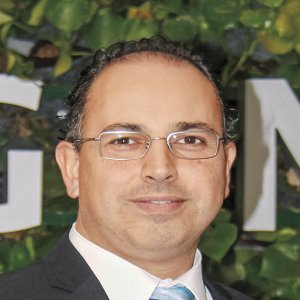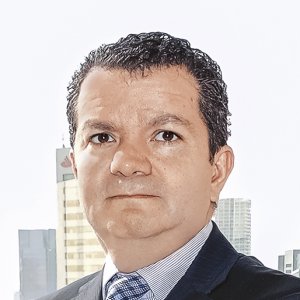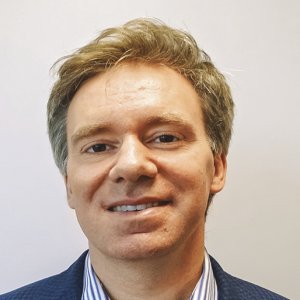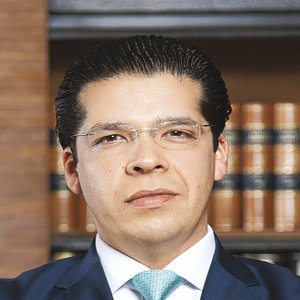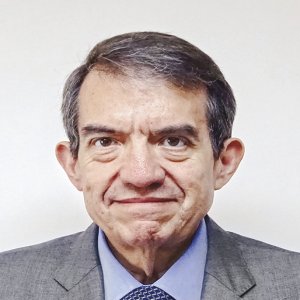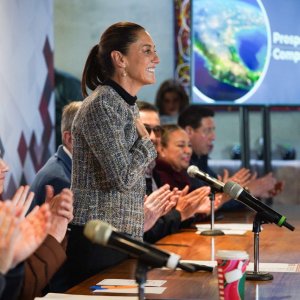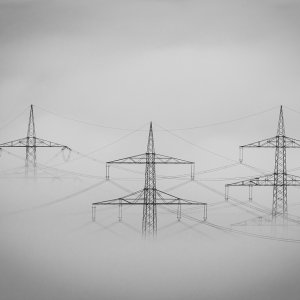Association Eyes New Paradigm, New Relations

STORY INLINE POST
Q: What role do major consulting and legal firms play as members of AME?
A: Mexico’s electricity market requires, first and foremost, technology suppliers. Liberalizing this market involves a high component of new and modified rules and regulations. Legal interpretation of an evolving regulatory framework and the different subsequent rulebooks can sometimes lead to discrepancies, which is where legal experts intervene to identify and tackle these discrepancies, sometimes in representation of clients that are AME partners. Even when major power producers have their own legal teams, when common regulatory issues impact us as a whole, using specialized services can be more effective.
For instance, regulation of prices for natural gas as a molecule, under the first-hand sales scheme, was recently annulled. Supply contracts that referenced this scheme became void as a result of this change. It also impacted all power producers using natural gas. This is where specialized legal and consultancy services are valuable. These consulting and legal firms know how dynamic the energy regulation in Mexico is becoming. They want to remain close to investors in power-generation projects, especially when parties involved can interpret it in different ways and cause market disparities.
Q: What are AME’s strategic priorities to ensure the success of Mexico’s new electricity market?
A: Several challenges remain. First, guaranteeing a level playing field between CFE and other players. Client information must be equally transparent for all. Transparency is also a major factor in CENACE’s activities as the system arbitrator and administrator. Second, CFE holds all the cards relating to electricity transmission through its CFE Transmisión subsidiary. We have not seen significant investments in this subsector, while several projects require construction of additional transmission lines to evacuate their own energy. A new model was presented by the Ministry of Energy to mitigate this and advance transmission projects via open tenders spearheaded by the ministry. AME and other energy-related associations are analyzing this proposal. Third is tariff implementation. The Ministry of Finance is in charge of this particular task, while CRE defines the tariff framework under transparency and efficiency criteria in which all value-chain costs are reflected, including generation, transmission, distribution and commercialization. In the near future, CRE will have sole responsibility for the implementation of electricity tariffs. These subsidies continue to be a major component in this process, as well as technical and nontechnical losses, which independent power producers cannot continue to absorb.
Q: What is your assessment of renewable energy projects reaching financial closing?
A: AME’s partners have not experienced difficulties pertaining to financing their respective projects, since these projects are anchored by a long-term contract with CFE, as the sole purchaser. Renewable energy projects from the first auctions are also anchored in this way. As long as the anchor has a proven track record of bankability and return payments, financial entities have no issue in directing their capital toward these projects. While still scarce, marketpriced private projects will increase as long as established and credit-worthy private players are involved.
Q: What is the most important factor that ensures a project’s longevity?
A: Energy projects need to be directly related to social development. They are by nature long-term investments and are emerging in different locations, surrounded by different communities. Coherent corporate social responsibility policies are a necessity. A clear picture of a communities’ shortcomings, where the project can address them, with solutions such as supporting educational programs and environmental improvements, to name a few, should always be considered. Companies that show resolve in finding ways in which a project can give back and have a positive impact on a community's quality of life are those that will see their project prosper in the long term.
